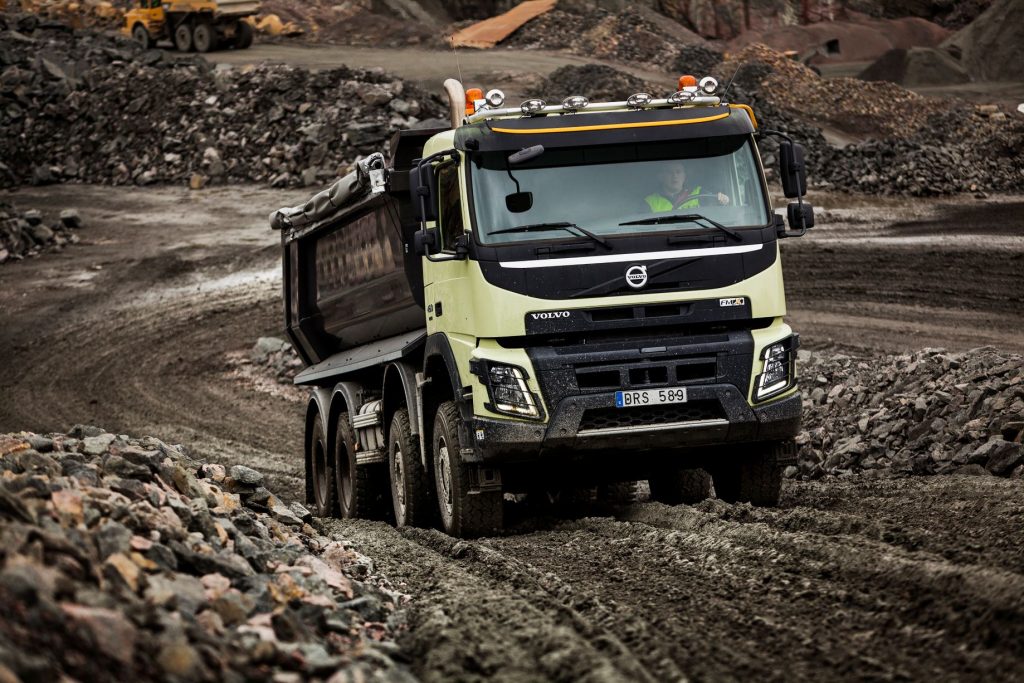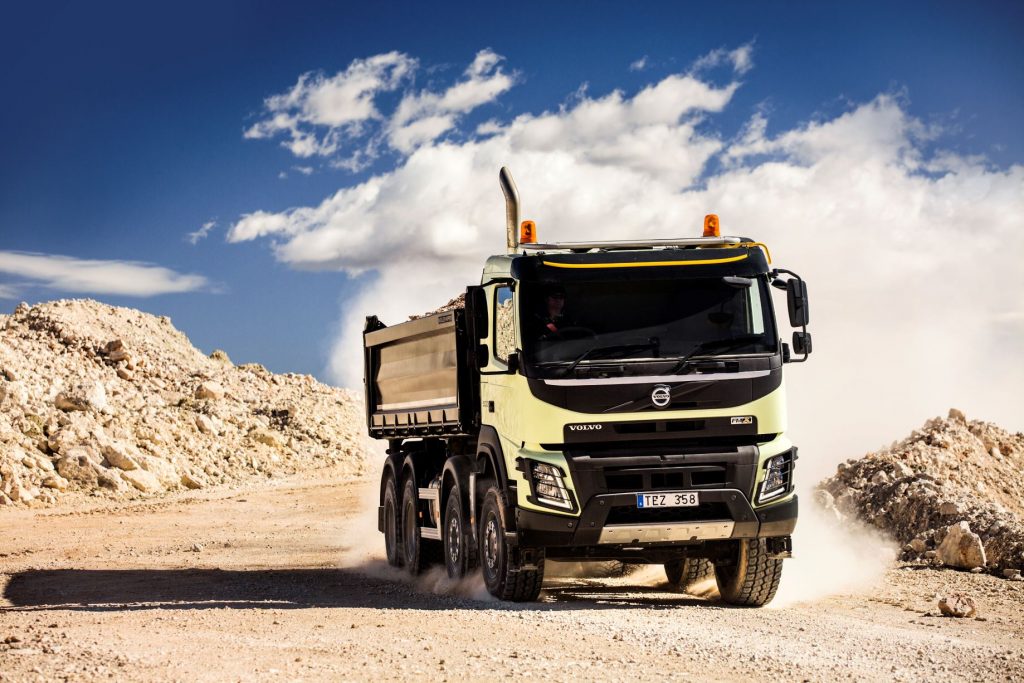Heavy haul carriers, or heavy haulers, are always going to be in demand, as these massive trucks cater to a wide range of businesses and industries. These businesses include freight forwarders, chemical manufacturing plants, property developers, equipment fabrication factories, construction, logging, and mining companies, among others. Utilizing heavy haul trucking to operate efficiently is necessary.

What is a Heavy Haul Carrier?
A heavy haul carrier usually looks like any ordinary tractor trailer, as it consists of a tractor unit affixed to a multi-axled lowboy flatbed trailer.
Essentially, it is a large transporter intended to use for the moving of gargantuan loads, or anything beyond conventional dimensions. These oversized and overweight loads are considered too massive for regular road travel without an escort or a special permit, which necessitates the use of a heavy hauler.
So, you might be wondering, what is considered as a “heavy load”?
Per Truckstop.com, the qualifications that categorize a load as oversized and overweight can vary, but in general, here are the basic limits that warrant consideration:
- Greater than 8.6 ft in width
- Greater than 13.6 ft in height
- Greater than 53 ft
- Greater than 80,000 lbs of gross weight
Goods or items such as mining machineries, military equipment, airplane parts, or powerplant turbines are few examples of such heavy loads. The weight limits will differ from country to country, but generally speaking, a heavy haul carrier can offer a maximum capacity exceeding a hundred tons.
There are many different types of heavy haul carriers, but the most common ones include:
- Flatbed Trailers
- Single Axle Trailers
- Removable Gooseneck Trailers
- Step-Deck Trailers
- Stretch Single / Stretch Double Drop Deck Trailers

Know Your Heavy Haul Carrier’s Axle Restrictions
A heavy haul carrier, regardless of its type, is reliant on its axles to withstand the weight of its load. Basically, the axles help determine the truck’s load capacity. Federal laws will usually have corresponding weight limits for oversized loads relative to the type and number of axles on a truck.
- Steer axles have a weight capacity of no more than 12,000 lbs.
- Single axles have a weight capacity of no more than 20,000 lbs.
- Drive and Tandem axles, so long as the pair is within 5 ft of each other, have a weight capacity of 34,000 lbs. Drive axles are often fitted on the tractor, while tandem axles usually refer to the axles in the trailer’s rear.
The Heavy-Haul Trucking Industry

Given the challenges in moving these large-scale goods and items, heavy haul carriers require experienced, trained, and qualified drivers and operators.
Apart from the amount of value they’re carrying, these heavy haulers also require road safety compliance, as the weights they carry are unfit for most regular roads. That being said, industry regulatory laws also require specific permits and licensing to certify an entity or company in providing heavy hauling services.
In case your business requires trucking services, feel free to visit Philkotse.com’s article, “The Complete Guide to Trucking Companies in the Philippines,” for an overview of services you can expect.
And if you’re looking for business opportunities in the heavy-haul trucking industry, eCapital.com provides seven ways to find more loads:
- Work with freight brokers
- Hire a dispatcher
- Search load boards online
- Register as a government contractor
- Prospecting and contracting
- Networking
- Broker your own loads
Heavy Haul Trucks to Drive Your Business Towards Success
Prime Quest is your exclusive distributor of leading global equipment brands worldwide. We provide premium quality trucks, such as heavy haul carriers, excellent after-sales service, and highly effective training for your business – whether you’re in the construction, mining, or transportation industry.
With 24/7 customer accessibility and unparalleled after-sales support, you can expect Prime Quest to be your partner for all your business’ heavy-haul trucking needs.
Feel free to send us a message today.



